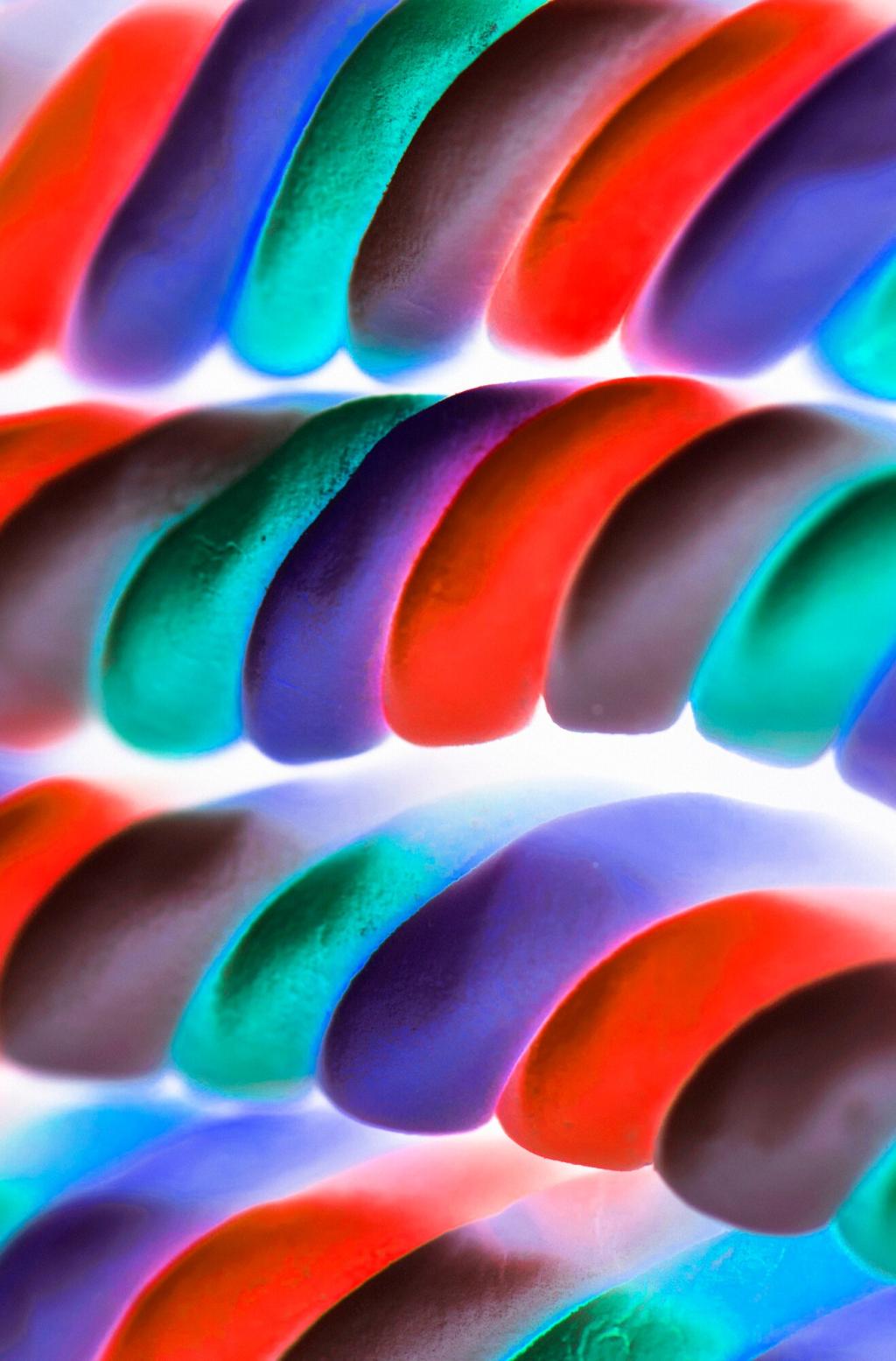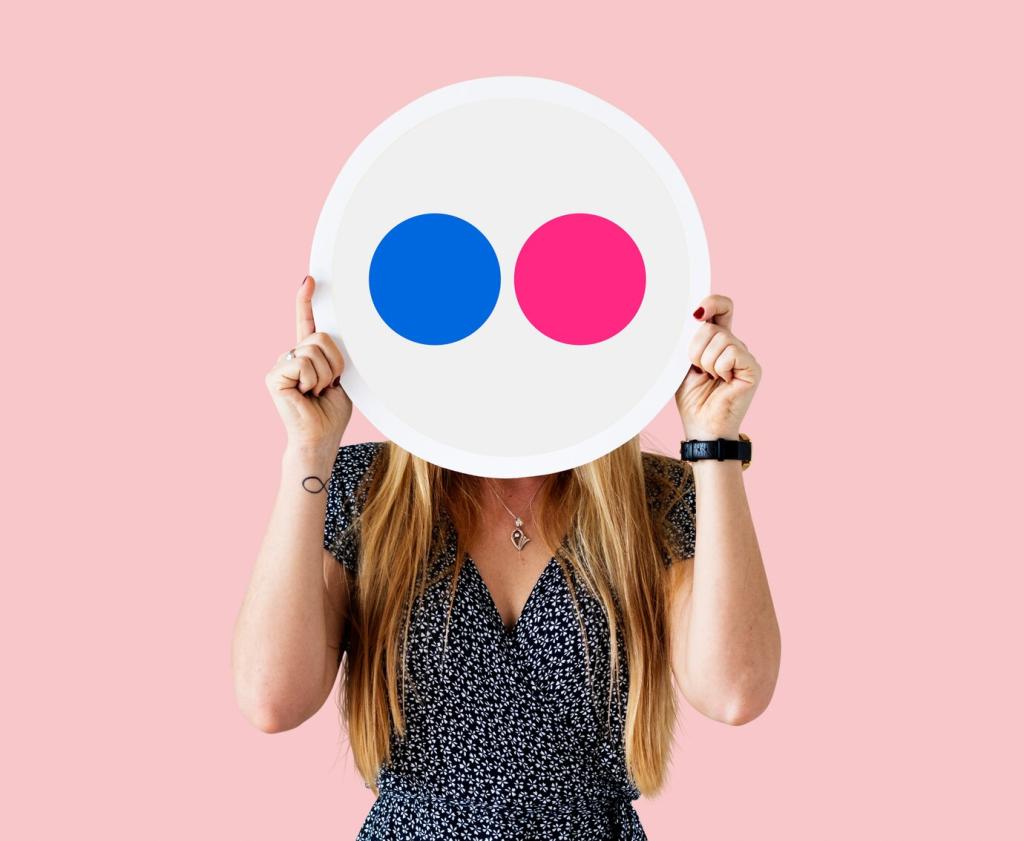
Feel What You See: The Science of Color in Furniture Design
Chosen theme: The Science Behind Color and Emotional Response in Furniture. Explore how hues, finishes, and light shape mood, comfort, and behavior through evidence, stories, and practical tips. Join the conversation, subscribe for research-backed insights, and tell us how color has changed the feeling of your favorite room.
Foundations: Why Furniture Color Affects How We Feel
Color information travels from the retina to the visual cortex and onward to emotion-related regions like the amygdala. This pathway helps explain why a cobalt armchair can feel energizing, while a muted beige credenza may soothe racing thoughts.


Foundations: Why Furniture Color Affects How We Feel
Colors rarely dictate emotion by themselves; context matters. A vivid red stool under calm lighting can feel warm, while the same red under harsh glare can feel overwhelming. Furniture placement and surrounding textures modulate that impact.


Hue, Saturation, Value: The Mood Mechanics of Color
Blues and greens commonly signal calm and clarity, while reds and oranges suggest warmth and action. A teal sofa can invite focus, whereas an amber sideboard often conveys hospitality in shared dining spaces.
Hue, Saturation, Value: The Mood Mechanics of Color
High saturation delivers punch and presence; low saturation feels understated and adaptable. A richly saturated emerald ottoman commands attention, but a desaturated sage bench blends easily, reducing visual fatigue during long evenings at home.
Material, Finish, and Light: Why the Same Color Feels Different
Matte finishes often appear softer and more trustworthy, while gloss reads sleek and energetic. A matte terracotta cabinet signals handcrafted warmth, whereas a glossy terracotta sideboard leans modern, amplifying vibrancy under accent lighting.
Material, Finish, and Light: Why the Same Color Feels Different
Morning daylight cools colors slightly, while warm evening bulbs deepen reds and golds. Test upholstery swatches across the day, and share photos with our community to crowdsource the most reliable color impressions.


Stories and Associations: The Narratives Colors Carry
01
One subscriber replaced a cool gray sofa with terracotta velvet to warm a drafty living room. Within weeks, guests lingered longer; evening chats stretched, and the space felt inviting rather than strictly minimalist.
02
In many contexts, red connotes celebration and vitality, while white can signal purity or emptiness, depending on culture. Share your cultural color stories to help others understand how meanings shift across regions and traditions.
03
Soft pine tones may echo rustic kitchens; deep navy might recall school uniforms or libraries. These echoes color our furniture choices, making emotion a mix of science and biography. What echoes guide your palette?
Room-by-Room: Evidence-Based Palettes With Purpose
Choose mid-value greens, dusty blues, or warm neutrals to balance sociability and rest. A moss sofa with oat-toned wool throws encourages conversation without overstimulation, ideal for weeknights and slow weekend mornings.


Room-by-Room: Evidence-Based Palettes With Purpose
Opt for low-saturation, low-value palettes: muted lavender, storm gray, soft clay. Upholstered headboards in gentle tones lower arousal, helping your mind unwind from screens and evening alerts more smoothly.
Measuring Emotion: From Surveys to Sensors
Self-Report and Mood Scales
Quick mood surveys, journaling, and photo diaries reveal how color choices feel over time. Track your energy and calm levels after introducing a new armchair, then share your findings with the community for comparison.
Biometrics and Behavioral Clues
Heart rate variability, eye-tracking, and dwell-time studies show how color influences attention and ease. For home experiments, note where guests naturally sit longest and which pieces draw hands or glances repeatedly.
Before/After A–B Testing at Home
Swap slipcovers or move portable accent pieces for two weeks each. Keep lighting constant, then evaluate sleep quality, social time, and perceived clutter. Post your results to inspire others experimenting responsibly.
Small Steps: Experiments to Tune Your Space
Introduce pillows, throws, and small stools in trial hues. If a saturated coral accent feels jarring at night, scale back to a softer peach and note whether your evening wind-down improves.


Small Steps: Experiments to Tune Your Space
Tape fabric or veneer swatches behind furniture. Observe morning, afternoon, and evening shifts. Record reactions from household members and invite readers to weigh in by posting snapshots on our thread.
Low-VOC Finishes and Peace of Mind
Water-based stains and low-VOC lacquers reduce odors that subtly elevate stress. Choosing cleaner finishes supports the emotional goal of calm, especially in bedrooms and nurseries where scent lingers longest.
Plant-Dyed Textiles and Natural Palettes
Textiles dyed with indigo, madder, or walnut often read gentler and more grounded. Their slightly irregular tones add humanity, softening modern spaces without sacrificing clarity or purpose in color choices.
